page 4
http://threesology.org
| What is time pg 1 | What is time pg 2 | What is time pg 3 | What is time pg 4 | What is time pg 5 | What is time pg 6 | What is time pg 7 | Time Travel Considerations |
With respect to wobble, let us make a preemptive inclusion about the Earth's shape... not as a sphere... but more as a squatted pear sometimes referred to as a triaxial ellipsoid. And let us add that the Earth has a reversible magnetic field and that the rotation upon its own axis and within the planetary system is not completely round. There exists an eccentricity that the galaxy itself exhibits. |
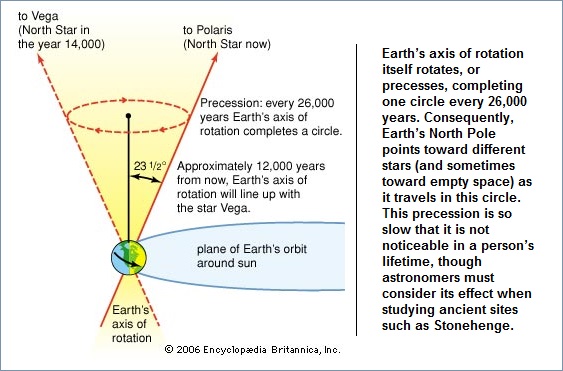
|
Nutation... in astronomy, refers to a small irregularity in the precession of the equinoxes. Precession is the slow, toplike wobbling of the spinning Earth, with a period of about 26,000 years. Nutation (Latin nutare, "to nod") superimposes a small oscillation, with a period of 18.6 years and an amplitude of 9.2 seconds of arc, upon this great slow movement. The cause of nutation lies chiefly in the fact that the plane of the Moon's orbit around the Earth is tilted by about 5° from the plane of the Earth's orbit around the Sun. The Moon's orbital plane precesses around the Earth's in 18.6 years, and the effect of the Moon on the precession of the equinoxes varies with this same period. The British astronomer James Bradley announced his discovery of nutation in 1748.
Source: "Nutation." Encyclopædia Britannica Ultimate Reference Suite, 2013.
Since the scale of time of geological and planetary... not to mention galactic processes differs considerably when compared to the relatively short human life span, is the perception of time (etc.) by humans similar to the perspective which might be deduced by observing the accelerated life and death pace of fruit flies, and by inverting this idea we can say that such larger cosmological processes have been slowed (perceived from an accelerated human pace) ... like viewing a very slow motion picture?
If we use the simple analogy that time is a single or succession of events (like the emergence and with it the [assumed expansion of dark matter/energy?]) occurring in a chamber (based on the assumption that the Universe has a "limitless limit"), and that this somewhat resembles the (somewhat controlled) explosion of a bullet being fired from a gun, do we then view planets as part of the spent explosive materials and gases, or part of a (disintegrating?) projectile? In addition, is there a single (?) barrel or multi-(?) barrel configuration that has a bore which is smooth or a bore that has a "twist" (rifling)?
 |
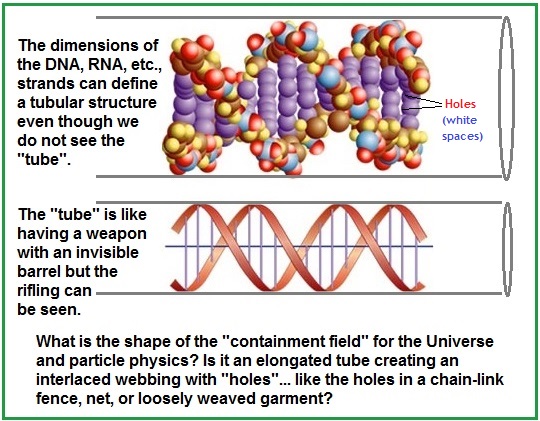 |
And if we surmise that the number of twists is equal to the recurring "three" configurations found in particle physics (protons-neutrons-electrons, three quarks/three anti-quarks, etc...), are we looking at a "Big Bang" firing that is meant for (1) target practice, (2) protection or (3) as a predation (such as in hunting)? Also, let us ask if there can be barrels within barrels, such that an imagined barrel(s) on the quantum level might be called a (single, double, multiple shot?) derringer and the Universe is a cannon (where both the earliest rifles and cannons used round balls... like particles)... though one might sight other projectile instruments as well such as rocket launchers, torpedo tube launchers, tank cannons, nuclear missile silos, etc..., with or without a rifling configuration.
 |
 |
 |
 |
 |
 |
 |

|
Aside from the twists is the quantity of barrels that are commonly put into use, we could contrast this to the quantity (and quality) of barrels which we could imagine or construct. In other words, the quantity of barrels, like the quantity of dimensions in physics, are confined... in usage... to imposed constraints of cost, complexity, etc., just as there are laws of nature which may well govern how many dimensions are actually being used (and how many strings— in string theory), despite attempts to develop theories involving multiple dimensions in an effort to solve the Grand Unified Theory problem... or alternatively described as the "M" theory.
This same constraint or conservation of quantity/quality is found when we look at the enumerated patterns often described as numerology, with different cultures frequently exhibiting an interest in the usage of one or more numbers over others... but no culture uses all numbers, even though some may use the same number as a quantitative description even if most users are not aware of such a usage. In other words, a few numbers are used more often than others and most numbers are not used as pattern identifiers because there is an unrecognized imposed limitation on human consciousness. For all the numbers available for us to use, only a few are put to use most often, even if a recognition thereof escapes the consciousness of most people and those that have recognized some regularity, only do so on a superficial level like the observance of some superstition. Let's take a brief look at comments about number symbolism, of which numerology is a distinction thereof:
(Number symbolism in this article... refers to) cultural associations, including religious, philosophic, and aesthetic, with various numbers. Humanity has had a love-hate relationship with numbers from the earliest times. Bones dating from perhaps 30,000 years ago show scratch marks that possibly represent the phases of the Moon. The ancient Babylonians observed the movements of the planets, recorded them as numbers, and used them to predict eclipses and other astronomical phenomena. The priesthood of ancient Egypt used numbers to predict the flooding of the Nile. Pythagoreanism, a cult of ancient Greece, believed that numbers were the basis of the entire universe, which ran on numerical harmony. The Pythagoreans' ideas were a mixture of prescience (the numerical features of musical sounds) and mysticism (3 is male, 4 is female, and 10 is the most perfect number). Numbers were associated with names for magical purposes: the biblical "number of the beast," 666, is probably an example of this practice. More recently, cranks have sought the secrets of the universe in the dimensions of the Great Pyramid of Giza, an aberration so common that it even has a name—pyramidology. Millions of otherwise rational people are terrified of the number 13, to the extent that hotels omit it from their floors, airplanes do not have a row 13, and the numbers for Formula 1 racing cars skip from 12 to 14 so that, for example, 22 cars would be numbered from 1 to 23. Learned tomes are written about the significance of such stalwarts as the golden number (1.618034), which does occur in flowering plants and modern architecture but does not occur in the shell of the nautilus and ancient Greek architecture, despite endless myths to the contrary. Many religions have their sacred numbers, as do organizations such as Freemasonry; Wolfgang Amadeus Mozart's music, notably the Magic Flute (1791), includes many intentional references to Masonic numerology. Mathematics is the study of numbers, shapes, and related structures. Number mysticism belongs elsewhere and is generally categorized as numerology. Numerology sheds light on the innermost workings of the human mind but very little on the rest of the universe. Mathematics, meanwhile, sheds light on much of the universe but, as yet, very little on human psychology. Between the two lies fruitful scientific ground, yet to be cultivated extensively. Source: "Number Symbolism." Encyclopædia Britannica Ultimate Reference Suite, 2013. |
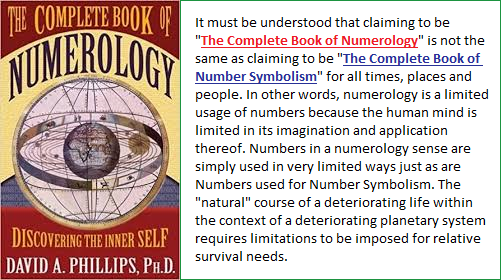
Such a constraint of number usage— for example... is proposed as a behavior that is being imposed on humans (and all of biology) to be consistent with survival requirements in a deteriorating environment headed towards a complete demise. In other words, the constraint found in numerological lists is an imposed conservation upon the human psyche as a survival mechanism under conditions of attempting to maintain some semblance of equilibrium in a decaying environment. In other words, whereas we can find repeating patterns that can be assigned a numerical value (such as a clock to tell the time), not all patterns available (with respect to the quantity of numbers that are available), are being used. Only a very small fraction of all numbers... as pattern identifiers... are being used. All life forms, according to the physiology imparted in their life cycle, make incremental adjustments over time to offset the imposed environmental deteriorations such as the decrease in the Sun's energy, the slowing of the Earth's rotation and the Moon's movement away from the Earth. Each of these affects planetary processes having an impact on biology... to which our ideas, our beliefs, our imagination and views of presumed natural laws must find some semblance of equilibrium in accord with.
The interesting thing about String Theory is that is promotes the idea of a linear form as opposed to a circular-like particle image. In a formula of geometric shapes displaying linear-circular-triangular configurations, the human mind appears to be promoting theories involving one or more of these three basic designs. Hence, the idea that strings can look like singular points because of the distance in which the strings are observed within imaginative constructs or equations reveals that the notion of a unified theory is compiling information which integrates behaviors resembling linear, circular and triangular configurations intermixed with the criteria of other subjects such as vibration, partnership (super-symmetry), membranous contiguities (branes), polar substitution, integrity, fluidic countenance, color, family, orbit, strangeness, sphere, dimension, etc...
In particle physics, String Theory attempts to merge quantum mechanics with Albert Einstein's general theory of relativity. The name string theory comes from the modeling of subatomic particles as tiny one-dimensional "string-like" entities rather than the more conventional approach in which they are modeled as zero-dimensional point particles. The theory envisions that a string undergoing a particular mode of vibration corresponds to a particle with definite properties such as mass and charge. In the 1980s, physicists realized that string theory had the potential to incorporate all four of nature's forces—gravity, electromagnetism, strong force, and weak force—and all types of matter in a single quantum mechanical framework, suggesting that it might be the long-sought unified field theory. While string theory is still a vibrant area of research that is undergoing rapid development, it remains a purely mathematical construct because it has yet to make contact with experimental observations. Source: "String Theory." Encyclopædia Britannica Ultimate Reference Suite, 2013. |
In taking stock of different types of tubular constructions called firearms, let us not overlook the shells used in artillery. Can these three forms be used as a metaphor for three basic forms of time not described by any human language as yet? In other words, the labels "past, present, future" are to be interpreted as insufficient.
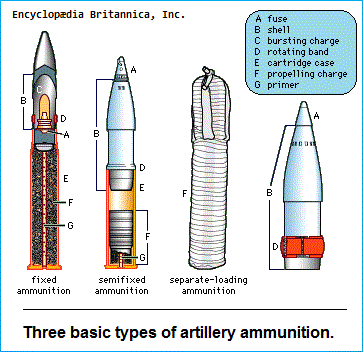
If we take another look at the DNA strand, its winding constraint suggests the presence of a tubular-like structure we can describe as a barrel. Its design also suggests a lattice composite suggestive of a net, fence, or some other weave. In any respect, such weaves leave "holes" and is a concept used to analogically illustrate the presence or absence of an electron.
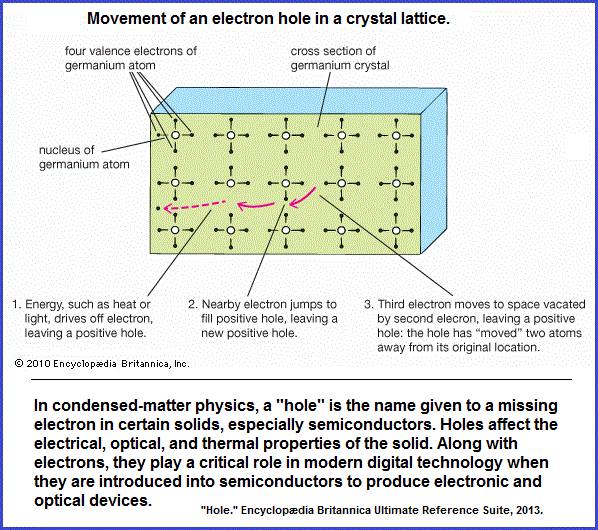
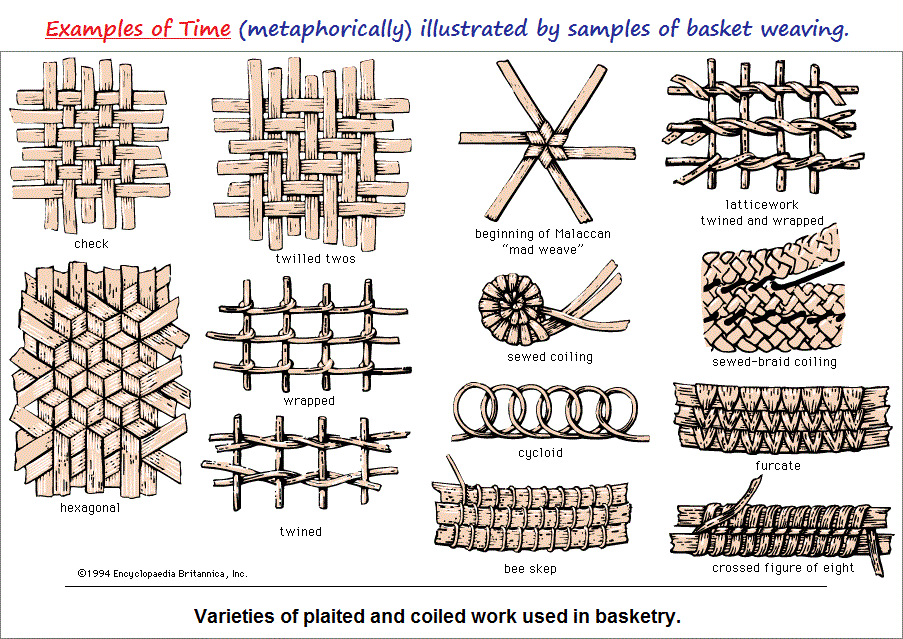
Just because you can't easily see the inter-laced holes in some examples, doesn't mean they don't exist.
This further suggests that the holes may be flexible like the fabric of space that can be "warped (stretched) by forces such as a magnetic field. Warping suggests conductivity, some measure of continuity, and "conduitivity"... in that the mesh of the fabric may be hollow in its entirety or some parts thereof.
If we pursue the "fabric of space" idea in an attempt to create some illustration which permits flexibility in the system in order to allow for warping and other named phenomena such as positive and negative space or particles, we might encounter previous attempts to describe the shape of the Universe in one of three ways such as flat, spherical or saddle-shaped... all of which may required a qualitative difference in the concept of time, though some readers may prefer to think as time having a universal standard that is merely applied differently according to the context under observation for measurement.
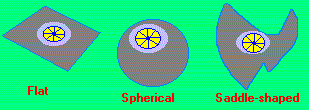 |
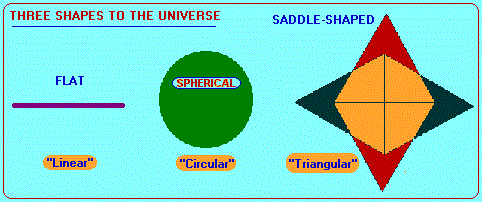 |
| 3 Universe Cosmology of J.R. Gott III: Our Universe~ Antimatter Universe~ Tachyon Universe. (The Tachyon is a) hypothetical subatomic particle whose velocity always exceeds that of light. The existence of the tachyon, though not experimentally established, appears consistent with the theory of relativity, which was originally thought to apply only to particles traveling at or less than the speed of light. Just as an ordinary particle such as an electron can exist only at speeds less than that of light, so a tachyon could exist only at speeds above that of light, at which point its mass would be real and positive. Upon losing energy, a tachyon would accelerate; the faster it traveled, the less energy it would have. ("Tachyon." Encyclopædia Britannica Ultimate Reference Suite, 2013.) | |
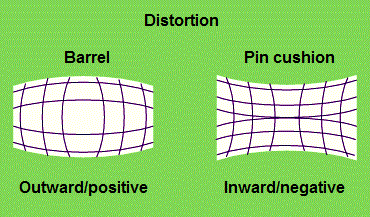 | |
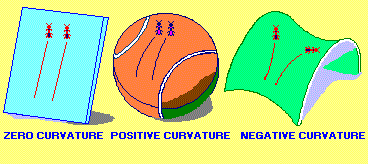 |
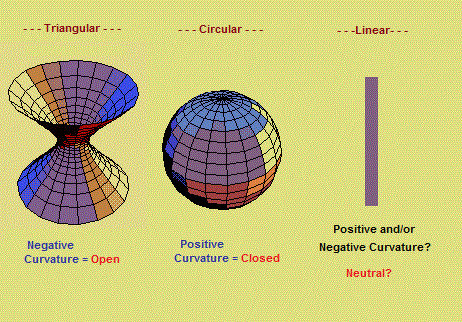 |
The idea about a "fabric of space" can be applied to time in that we think of both as a type of mesh... without actually knowing what structure the mesh takes such as if it is readily porous or limiting in what can pass through? Here are a few examples of mesh types... though many others exist with different weave patterns:
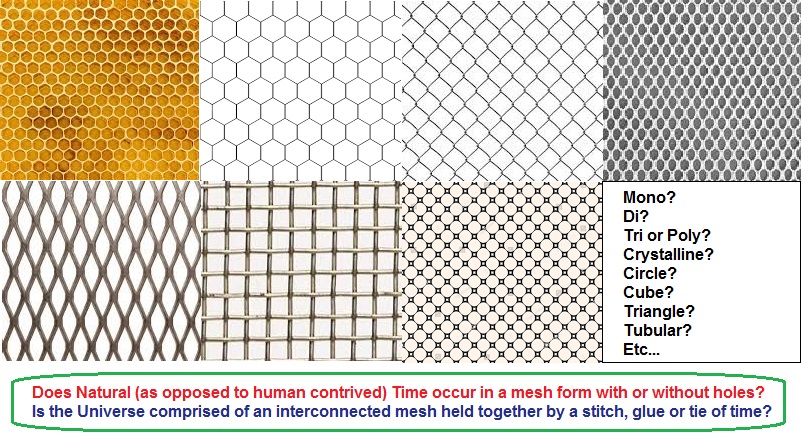
The mesh sample that exhibits what is commonly described as a honeycomb structure leaves open the door for including the three basic forms of honeybees, the basic body formula of insects, as well as a reference about the communication style of honeybees which may have a "Time" signature even if we humans are not privy to how time is being expressed.
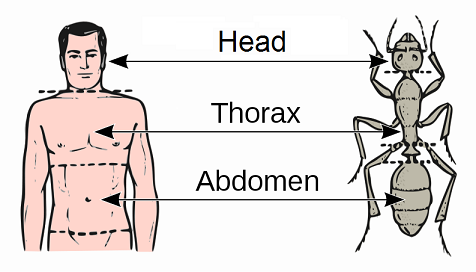 |
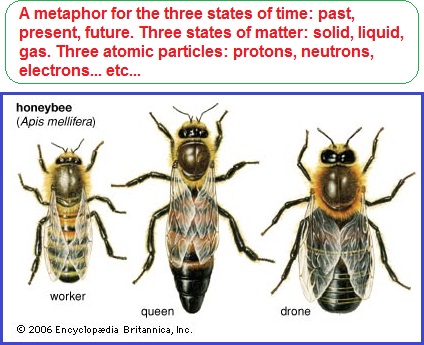 |
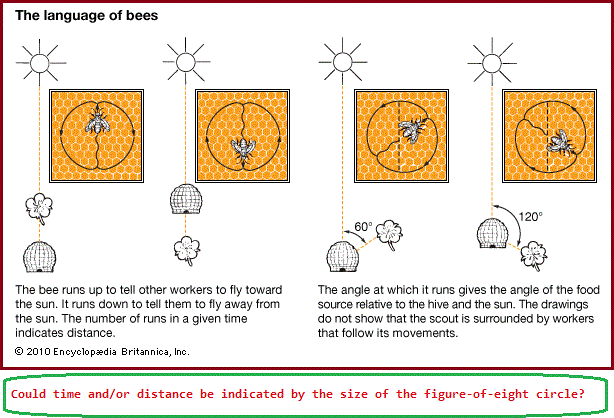 | |
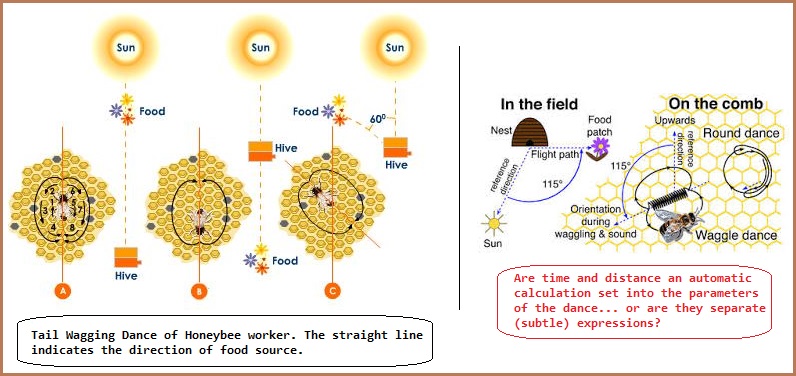 | |
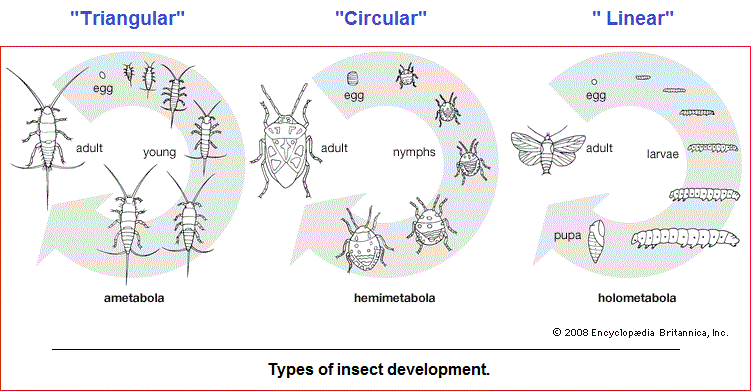 |
|
Analogically, one might think of interacting atomic particles as types of "dances" or dancing partners with heat loss or gain as the rate of applied tempo. While some dances can be accomplished singularly... and often do even though one may have a partner, others may involve two or more in a group that may intermittently come into contact with one another, such as in a ballet, modern dance, country and western line dance, ballroom dance, square dance, maypole dance, etc... Each of these dances generally occur in an unrecognized formation exhibiting an underlying graph, like the above examples of mesh and basketry. And when it comes to speaking of the fabric of space-time, we frequently encounter the usage of a graph exhibiting squares or rectangles though there are alternative designs which are available, such as bar graph, pie chart, linear graph, Mercator projection, etc... Nonetheless, in all cases we find segments which are partitioned by actual or imagined objects that may or may not further reveal a space or hole between them.
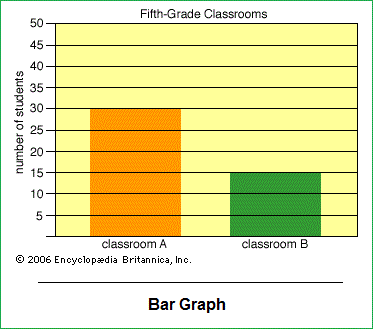 |
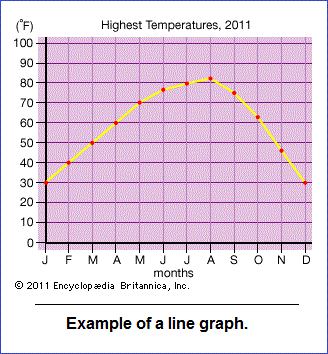 |
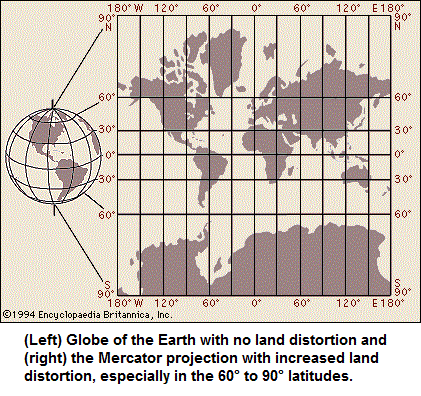 |
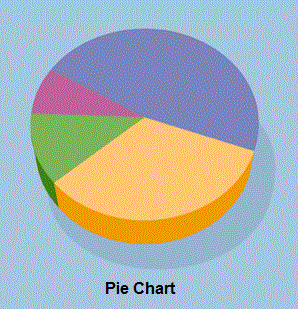 |
The usage of the same type of graph outline for space-time gives the impression that most people prefer to copy one another in a type of mimicry, than exploring the possibility of a different design and explaining why they are doing so. This mimicry appears to detail the notion held by some observers that most people are thought not to know what they are doing as a conscious volition, and instead are carrying out behaviors as responses to others who themselves are viewed as interacting with unconscious others much like atomic particles or molecules subjected to conditions which they respond to in terms of physiologically-based psychological meanderings in whatever context one happens to be in... and is a context which one or more few others may have artificially created based on personal greed, or some other personalized characteristic that is portrayed in a manner suggestive of the person or few persons knowing... or at least think they know what they are doing and convince others to go along... which usually entails them being placed into some entitled or leading position and gaining some advantage over others.
Because most people appear to not know what they are doing and simply go along with standards adopted within a context that may be artificialized by made-up rules, conventions, laws, beliefs, cultural practices, etc., theories about space-time (etc.) are an effort to establish a bread crumb sort of direction in a larger context of uncertainty that a few are trying to assert they have established some knowledge that is of value... so long as there exists a context in which their particular knowledge is applicable and can be used to establish themselves in a position that enables them to better survive within the capacity of their own musings. Views which are adopted to alter the overall context of application typically causes those once in a position of status to be placed into a lower orbit of social functionality, just like the American form of politics and government are becoming increasingly known as false ideologies that need to be replaced... thus presenting various social leaders in a position of becoming less or unviable. Hence, in the present context of discussion, the old views of the space-time fabric is being viewed as a fabrication that is wearing thin at the seams and is in need of replacement.
The following are but a handful of representations illustrating the idea of space-time as a fabric... though the type of (metaphorical) fabric is not always described even when "string" theory is mentioned instead of twine, hemp, yarn, wire, thread, etc.., with or without being hollow, flexible, static, dynamic, fluid, solid, gaseous, etc...
 |
 |
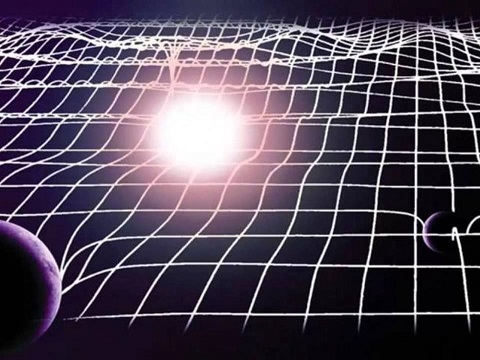 |
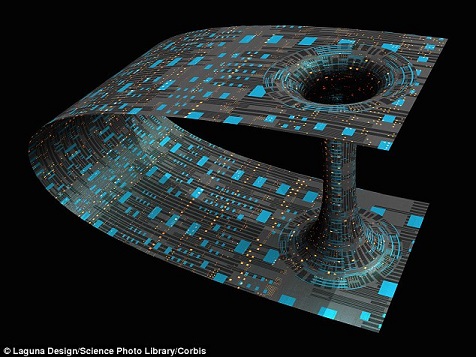 |
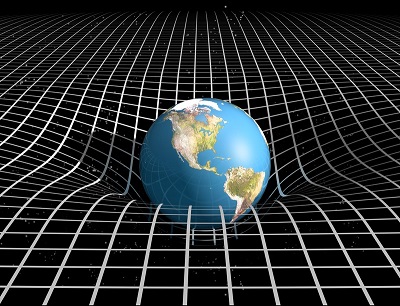 |
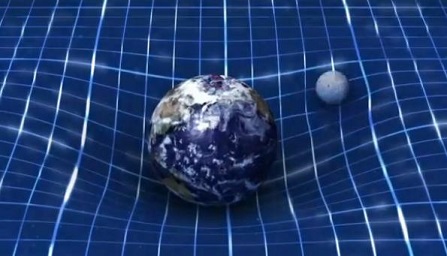 |
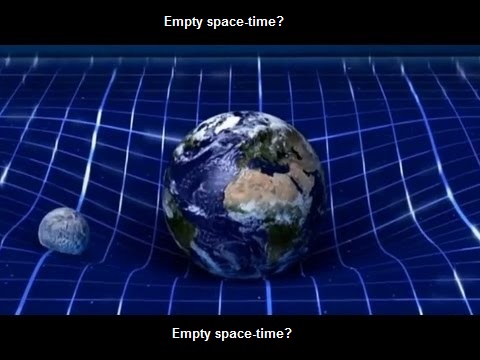 |
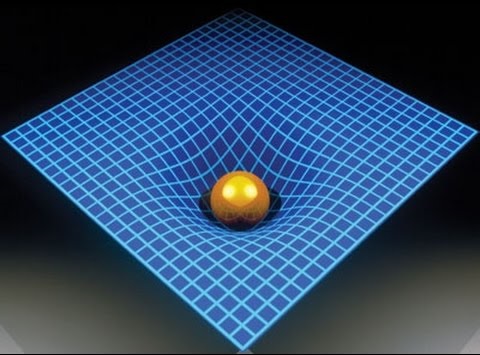 |
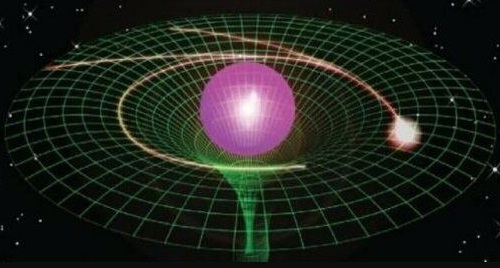 |
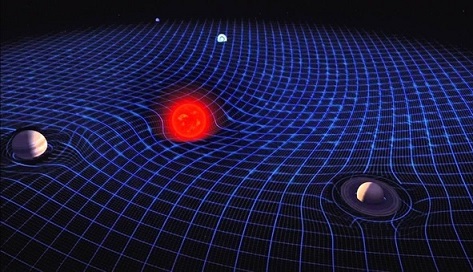 |
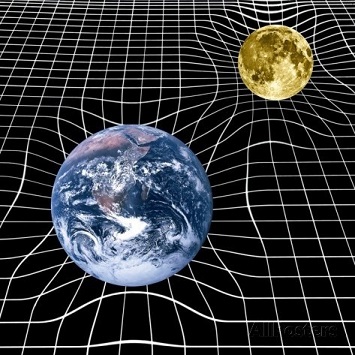 |
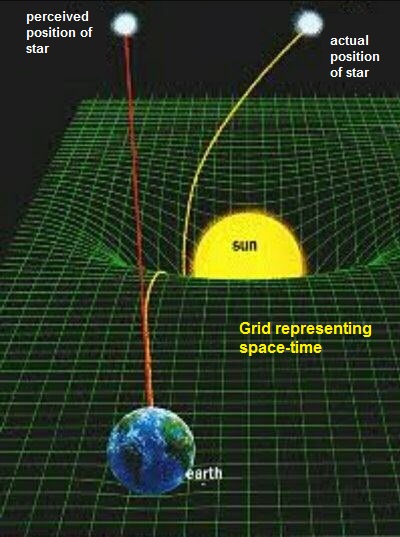 |
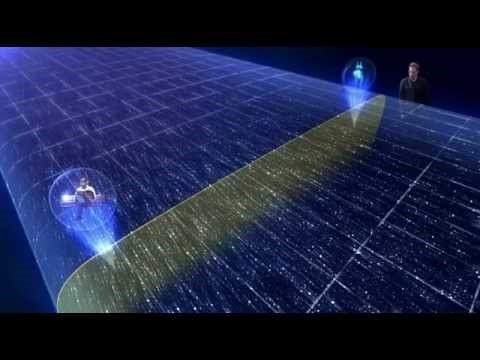 |
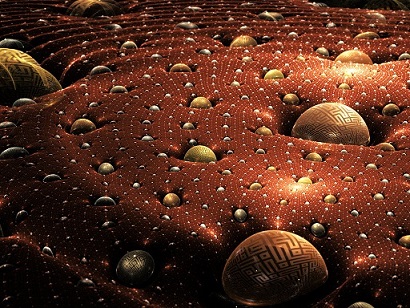 |
 |
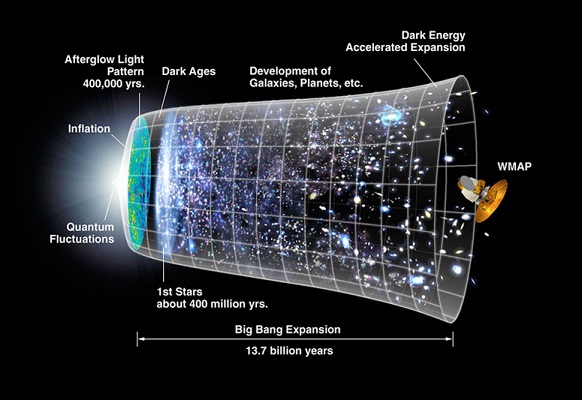 |
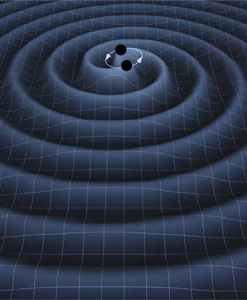 |
 |
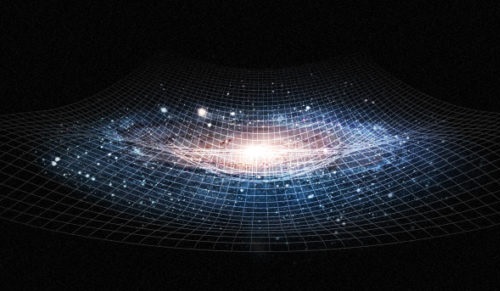 |
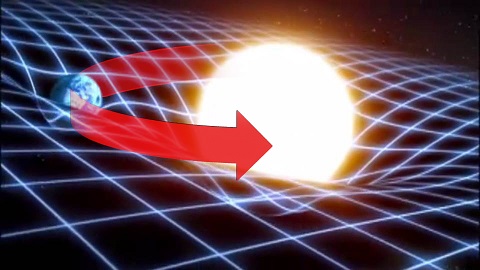 |
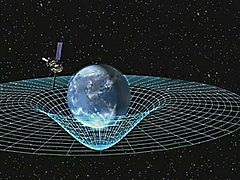 |
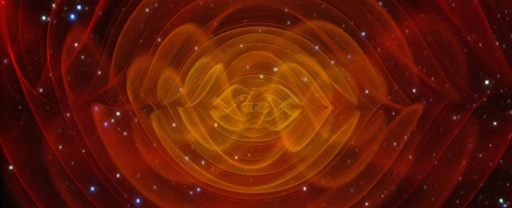 |

|
 |
Sources for images: The Fabric of Space | |
As is seen, most of the "fabric" of space-time images represent a similar type of mesh. While there are alternatives, such analogies are not widely distributed as indicated by the above two source samplings. Which brings us to the point about time as well. Mainly, a mindset seeps into the public and we generally accept and expect a particular idea to be conveyed for the purposes of illustrated conversation, but not in an effort to encourage the conversation into other philosophical realms of consideration. Particle physics and time become entrapped in a singularity like a black hole from which none are permitted to escape... unless they include a discussion concerned with adopting alternative ideas as an accepted and expected requirement for participation. Far too often students can't exceed their own grasp because in so doing, they exceed the grasp of the master... or at least a given instructor who can become lost when ideas begin to venture into regions of discussion they not only have no familiarity with, but are too insecure about losing control of the conversation within the confines of a topic they have some similitude of understanding about. Creativity, much less original thinking, is not necessarily sought for... even if an instructor says they are willing to take all ideas into consideration. Much too often we find someone who acts as an anchor that impedes the forward flow of thought under the guise of some foothold being a necessity... at least for them. Not everyone likes to play a deck of cards with wild ones denoted by whomever is dealing at any given moment. Some require such stringent rules they become easily lost without such to guide them from one step to the next. Let us not forget that the science of today is due to creative explorations of ideas... some of which reach the point of testability.
Regardless of what mesh we are using as an adopted standard to portray the "space-time fabric" metaphor, we are struggling with how to describe the Universe...:
- Whether it goes on forever in a linear type of model outwardly stretching in all directions.
- Is it circular?
- Does it defy all geometry consistent with human brain processing?
- Is it definable by quadrants?
- Is it triangular?
- Are there multiple Universes... and therefore dimensions?
- Is it layered?
- Is the best analogy to be found as illustrated by a solid, liquid, or gas?
- Is the best analogy for description to be found in some biological realm?
- etc...
Page initially created: Thursday, 16-Nov-2017... 05:10 AM
Initial Posting: Sunday, 15th-April-2018... 8:07 AM
Updated Posting: Tuesday, 29th-May-2018... 12:00 PM
Herb O. Buckland
herbobuckland@hotmail.com
